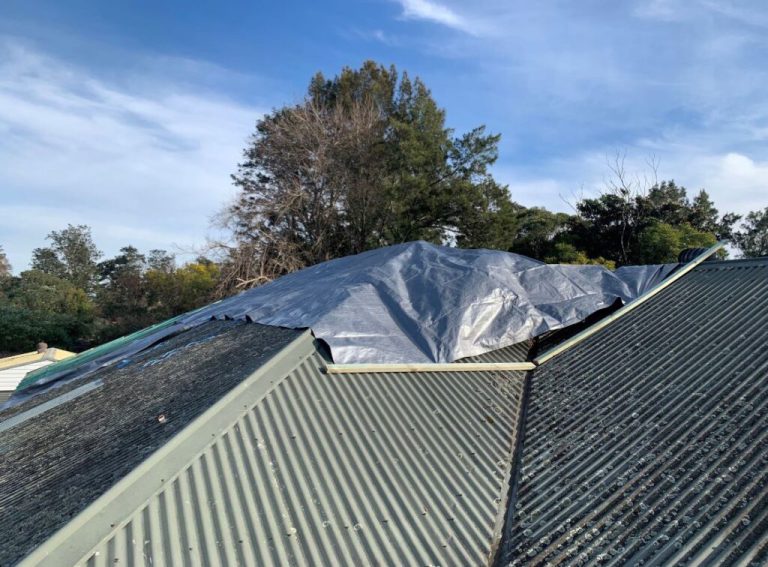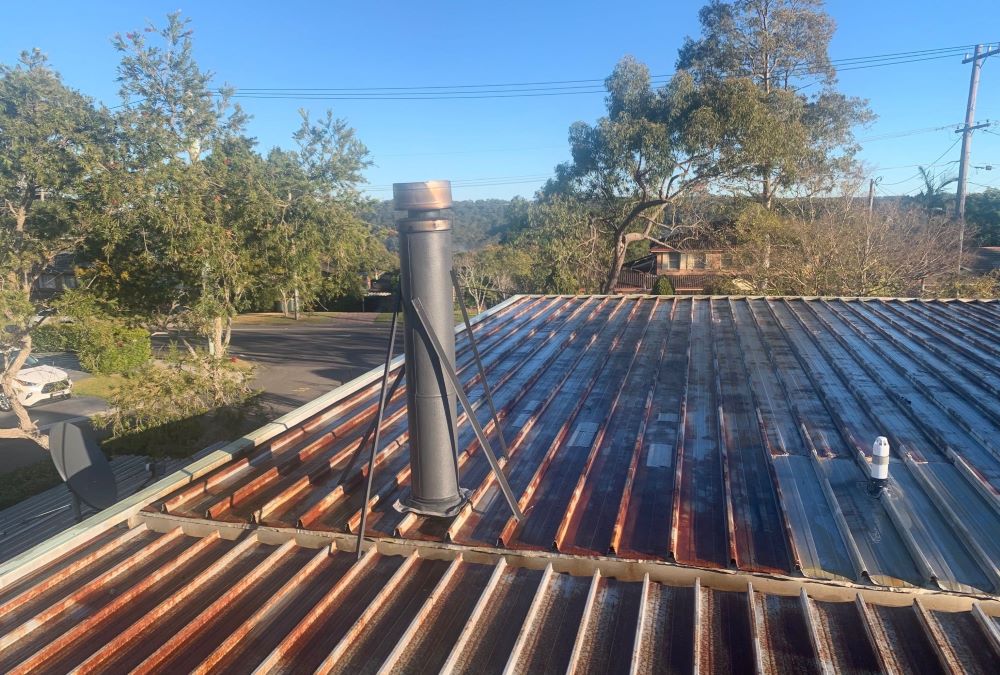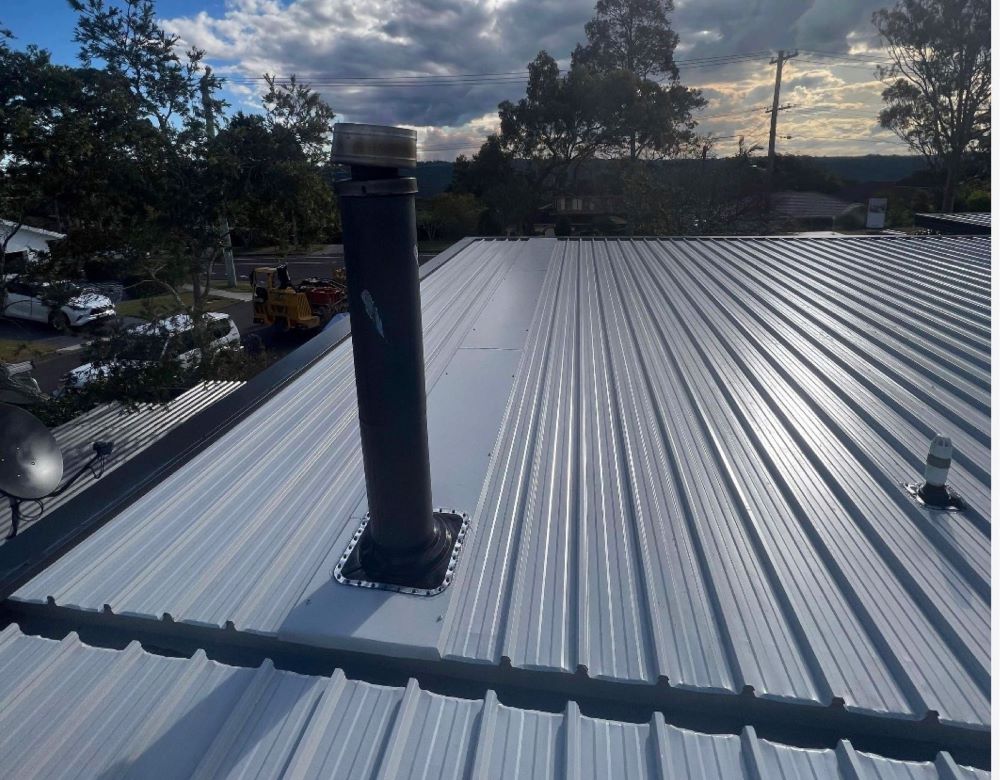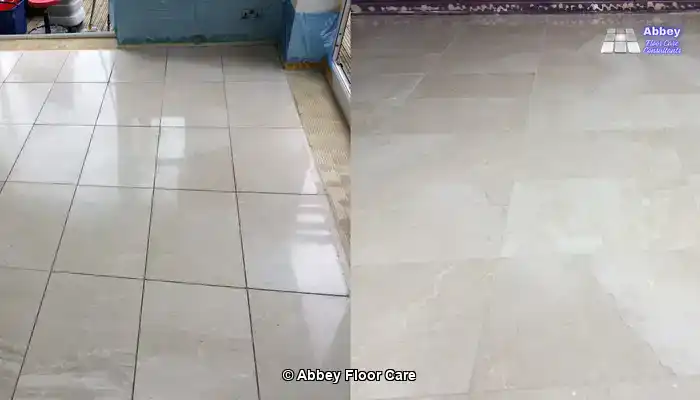A leaking roof during intense rainfall can serve as a critical red flag, indicating serious underlying issues within your roofing system that require immediate attention. While light rain may not unveil these problems, heavy storms can expose weaknesses in both the structure and materials of your roof. Properly installed and regularly maintained roofs should provide effective protection against moisture intrusion, even in severe weather conditions.
Roofs are especially vulnerable to leaks at transition points or where penetrations occur in the roofing profile.
Pay close attention to critical areas such as the regions surrounding chimneys, vents, skylights, and intersections of different roof planes. Additional leak contributors may include missing tiles, obstructed gutters, and deteriorating flashing.
Furthermore, the age of your roof plays a significant role, as older roofs often have a higher susceptibility to moisture infiltration and structural degradation.
Identifying the signs of a leaky roof is essential for homeowners aiming to prevent further damage and expensive repairs. Watch for water stains on ceilings and walls, peeling paint, or damp patches in the roof cavity. These indicators are crucial for early leak detection, helping to address issues before they escalate into significant problems that require extensive and costly repairs.
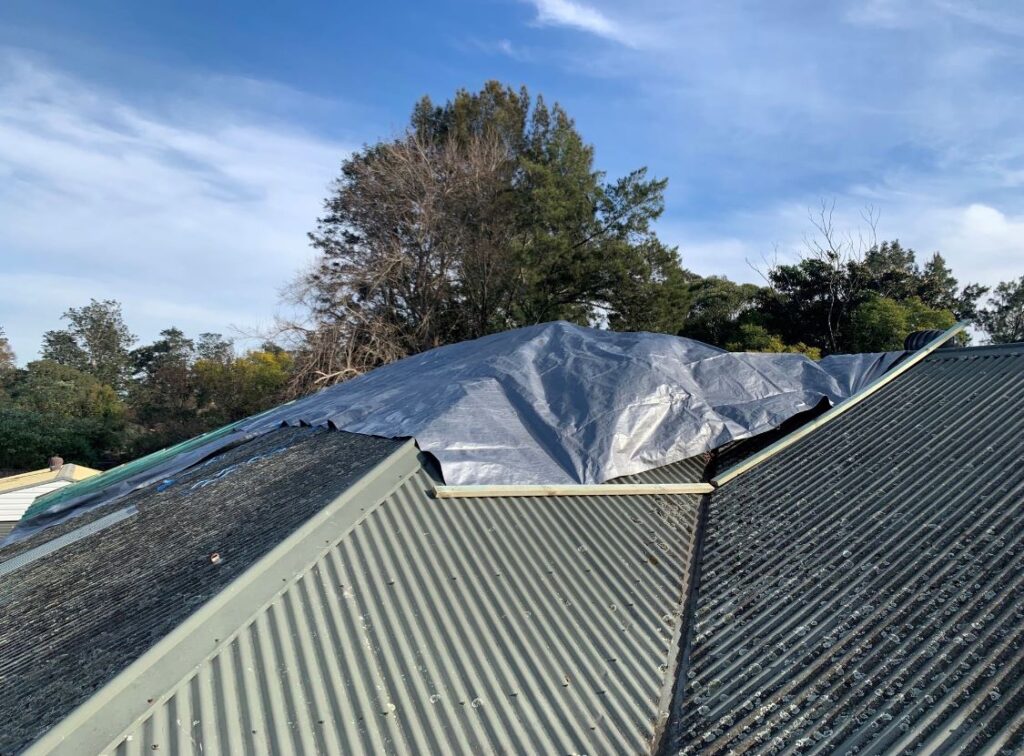
Uncovering the Root Causes and Consequences of Roof Leaks
Understanding the root causes of roof leaks is vital for homeowners committed to maintaining their property’s structural integrity. Such leaks can lead to substantial damage and incur hefty repair costs. Recognizing the reasons behind roof leaks, particularly how heavy rainfall exacerbates these challenges, is essential for effective roof maintenance and proactive care.
Crucial Factors Leading to Leaks in Tile Roofs
- Damaged or Missing Tiles: Tile roofs are especially prone to damage from strong winds or falling branches. Displaced tiles create openings that allow water to infiltrate the underlying roof structure, potentially resulting in extensive damage.
- Cracked Roof Tiles: Over time, aging, foot traffic, or impacts can cause cracks in roof tiles. Even minor cracks can enable water penetration, leading to leaks inside the home if not addressed promptly.
- Flashing Issues: The effectiveness of waterproofing heavily relies on the condition of flashing around roof joints and fixtures. On tile roofs, improperly installed or deteriorating flashing can lead to significant water intrusion and subsequent damage.
- Blocked Gutters: Debris like leaves and twigs can clog gutters, resulting in water overflow and backup beneath the roof’s edges. This situation is particularly harmful for tile roofs, where water may seep through gaps between tiles, causing leaks.
Primary Causes of Leaks in Metal Roofs
- Loose or Missing Fasteners: Metal roofs are secured using screws or fasteners. If these components become loose or dislodged, they can create avenues for water to breach the roofing system, resulting in leaks.
- Rust and Corrosion: Over time, metal roofing can develop rust, especially in coastal regions or if regular maintenance is neglected. Rust can degrade the roofing material, leading to tiny holes or weakened flashing that allows water to penetrate.
- Flashing Failures: Flashing on metal roofs is crucial for sealing edges and joints. If flashing becomes loose, corroded, or improperly installed, it can create easy access points for water seepage.
- Blocked Gutters: Like tile roofs, blocked gutters can cause water backup and overflow. For metal roofs, this pooling water may settle near seams or fasteners, significantly increasing the likelihood of leaks.
By proactively addressing these common issues, homeowners can keep their tile or metal roofs in optimal condition and prevent costly water damage over time.
Evaluating the Impact of Heavy Rain on Roof Longevity
Heavy rainfall can significantly increase stress on roofs, often revealing weak spots that may not leak during lighter showers. The accumulation of standing water can jeopardize the roof’s structural integrity, posing serious risks—particularly for flat or low-slope roofs. Excessive water buildup can lead to sagging or, in extreme cases, structural failure.
During storms, wind-driven rain can force water beneath shingles, causing leaks even if the tiles appear intact from the ground. Moreover, heavy rain can result in rapid gutter overflow, directing water down walls or into the home through the roof’s edge, potentially causing significant interior damage.
Extended periods of rain can saturate small holes or cracks, allowing moisture to accumulate. Areas that remain damp for prolonged periods can begin to rot, worsening the problem and leading to more extensive damage if not addressed promptly.
Identifying Key Vulnerability Points for Roof Leaks
Roofs feature multiple vulnerability points where leaks commonly occur during heavy rainfall. Understanding what to inspect can empower homeowners to take proactive measures to address potential issues and prevent water infiltration into their homes.
Performing Thorough Inspections of Roof Valleys and Junctions for Leak Prevention
Roof valleys, where two slopes converge, are critical areas that require close monitoring. These V-shaped channels handle significant amounts of water during rainfall, making them particularly susceptible to leaks. Proper flashing and sealing are essential to prevent water from entering these vulnerable areas and causing damage.
Additionally, junctions where different roof sections connect often develop gaps or weak points over time. Thorough sealing and careful attention are necessary during both installation and maintenance to ensure these areas remain watertight and effectively redirect water away from vulnerable structures.
Key Inspection Areas for Tile Roofs
While tile roofs are renowned for their durability and aesthetic appeal, they possess specific vulnerabilities. Tiles may crack, shift, or become dislodged, exposing the underlayment to moisture and the risk of leaks. Older or poorly maintained tile roofs may also suffer from deteriorating pointing (the mortar securing ridge tiles).
Essential Areas to Inspect:
- Cracked or broken tiles that expose the roof deck to water
- Missing tiles, particularly in valleys or along ridges, which can create openings for leaks
- Debris accumulation in valleys that may obstruct water flow and lead to pooling
- Worn or missing pointing on ridge tiles that may allow moisture intrusion
Maintaining tiles in good condition is crucial for ensuring the roof remains watertight, as even minor cracks can permit water to penetrate during heavy downpours.
Essential Inspection Areas for Metal Roofs
Metal roofs are recognized for their durability and resistance to weather elements; however, they are not immune to leaks. Over time, screws can loosen, seals may deteriorate, and metal sheets can develop rust or holes, leading to potential water infiltration.
Crucial Areas to Inspect:
- Loose or missing screws and fasteners that can compromise roof integrity
- Corrosion or rust, particularly near fasteners or overlaps that can weaken structural support
- Worn or cracked sealant around penetrations such as vents or skylights
- Damage to roof sheets, including dents or punctures caused by hail or debris
Metal roofs also rely on proper overlaps and sealing to prevent water from seeping through joints or seams. Ensuring these areas are well-maintained is crucial for preserving a watertight roofing system.
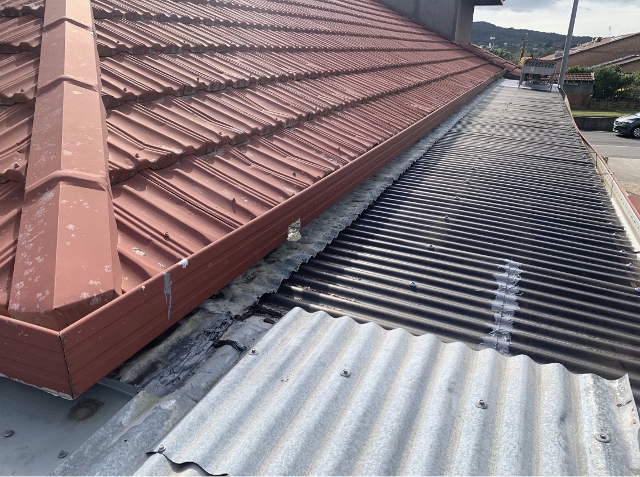
Inspecting Chimneys and Vent Flashings to Prevent Roof Leaks
Chimneys and vents are frequent sources of roof leaks due to the openings they create, which must be properly sealed. Over time, the flashing and seals around these features can deteriorate, rendering your roof vulnerable to water damage.
Regular inspections and maintenance are crucial for keeping these areas watertight, regardless of whether your roof is tile or metal.
Thorough Inspection Checklist for Tile Roofs:
- Cracked or missing tiles around the chimney base that can lead to leaks
- Loose or degraded mortar at the edges of the flashing
- Accumulation of debris in valleys near the chimney that may trap water
- Flashing that has become detached or shows signs of corrosion, necessitating repair
Thorough Inspection Checklist for Metal Roofs:
- Rusted or damaged metal flashing around the chimney that can lead to leaks
- Improperly sealed overlaps or joints in the flashing
- Fasteners that have come loose or deteriorated over time, creating vulnerabilities
- Gaps where the chimney meets the roof panel that can allow water to enter
Vent pipes present another potential weak point in your roof’s defenses against water intrusion. These pipes are sealed with rubber boots, forming a snug fit where they penetrate the roof. Over time, these boots can crack, tear, or wear out, particularly due to exposure to sunlight and fluctuating temperatures.
.slider-info-414.bafg-slider-info .bafg-slider-title {
font-size: 22px;
}
.slider-info-414.bafg-slider-info .bafg-slider-description {
}
.slider-info-414.bafg-slider-info .bafg_slider_readmore_button {
text-align: center;
}
.slider-info-414.bafg-slider-info .bafg_slider_readmore_button:hover {
}
.slider-414 .twentytwenty-overlay:hover {
background-color: rgba(0, 0, 0, 0.5);
}
Safeguarding Eaves and Edge Details from Water Damage
The edges of your roof, especially the eaves and fascia boards, are critical areas prone to leaks. If gutters do not drain effectively, these components can rot, creating pathways for water to infiltrate beneath your roofing materials and into your home.
Implementing proper drip edge flashing along roof edges is essential. This flashing directs water into the gutters and prevents it from reaching vulnerable wooden structures that can decay and compromise the roof’s integrity over time.
To protect eaves and edges:
- Regularly clean gutters to ensure they remain free from debris and blockages
- Consistently check for rotting fascia boards and replace them as necessary to maintain structural integrity
- Verify that drip edge flashing is intact and functioning properly to direct water away from the roof edges
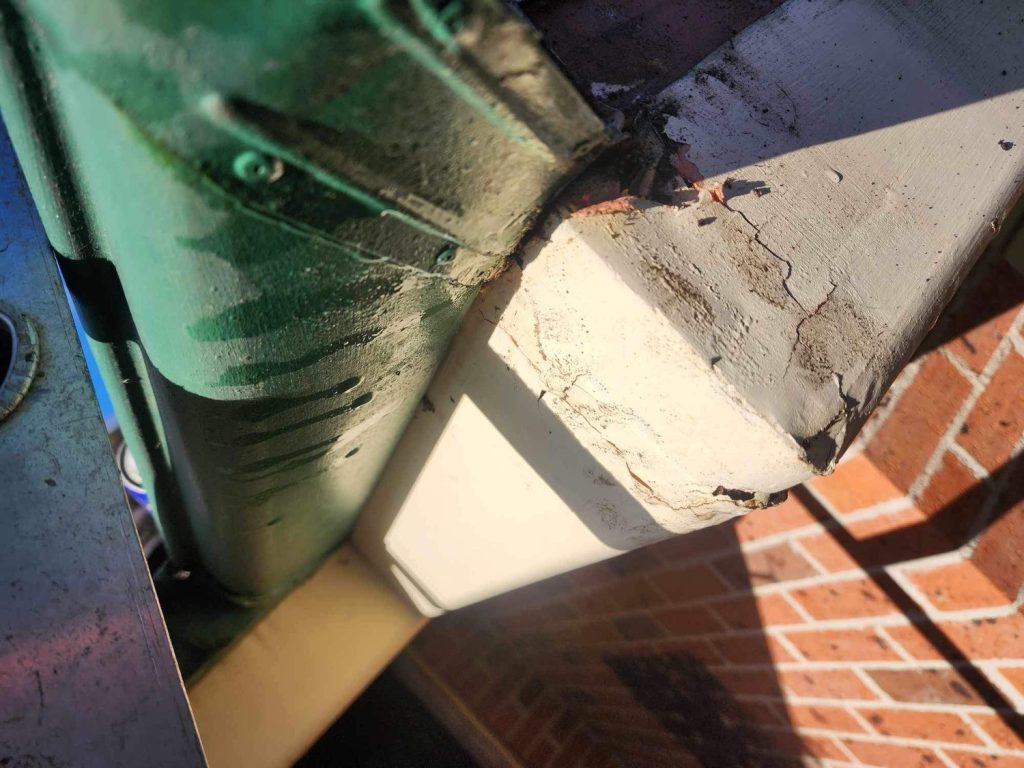
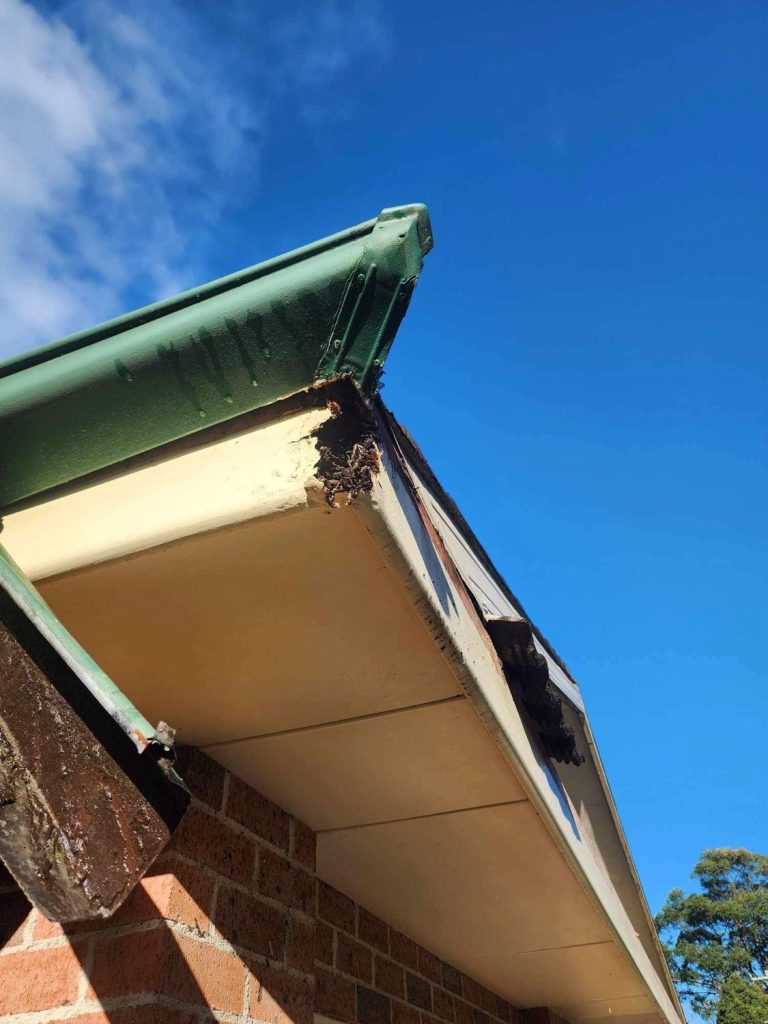
Establishing Proactive Strategies and Continuous Roof Maintenance
Regular roof maintenance is key to preventing leaks before they can escalate into larger issues. It is advisable to perform thorough inspections at least twice a year, ideally during the autumn and spring seasons, to ensure your roof remains in excellent condition.
- Frequently clean gutters and downpipes to prevent water backup that may infiltrate your roof tiles or sheets.
- Consider upgrading the size of your gutters or adding additional downpipes to improve drainage efficiency and prevent overflow.
- Inspect for cracked, loose, or missing tiles and promptly repair or replace them to maintain a watertight seal.
- Examine metal roofs for rust and loose screws, treating rusty spots with paint and tightening any loose fasteners to mitigate leaks.
- Trim back tree branches that overhang your roof, as they can scratch and damage roofing materials during storms.
- Ensure proper ventilation within your roof space to prevent moisture buildup that can lead to rotting and leaks.
- Apply sealant to joints and flashings every few years to maintain an effective watertight barrier.
- After significant storms, conduct a quick roof inspection to identify any new damage or loose components that may require immediate attention.
If you’re unsure about what to look for, consider consulting a professional. They can identify issues you might overlook and provide valuable guidance on effective maintenance strategies tailored to your roof type.
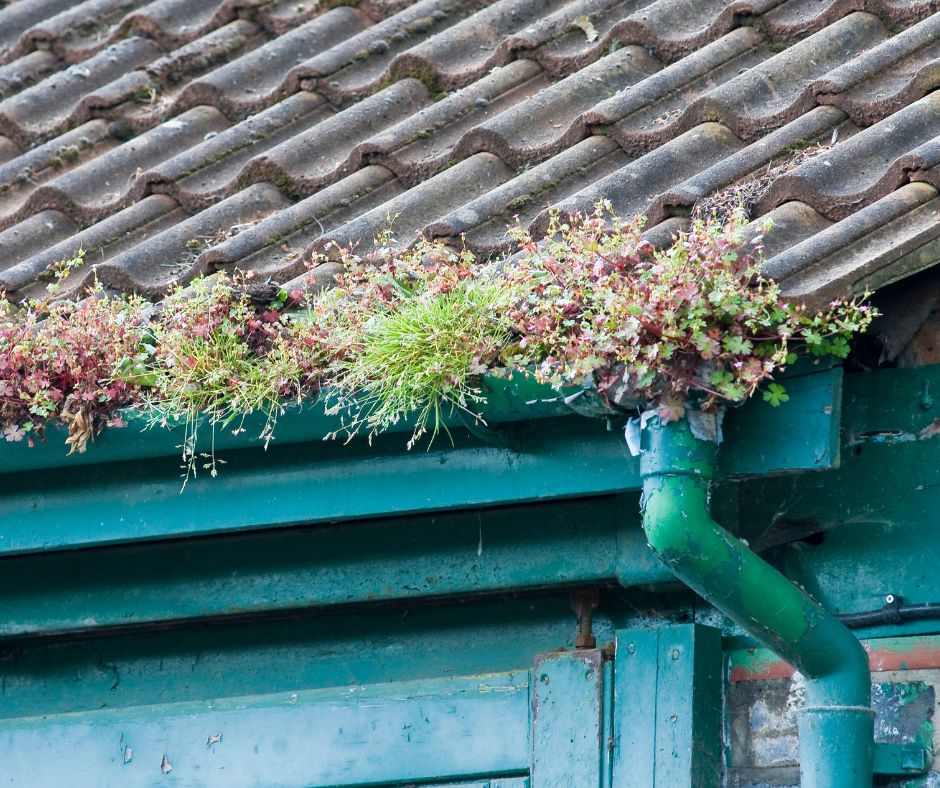
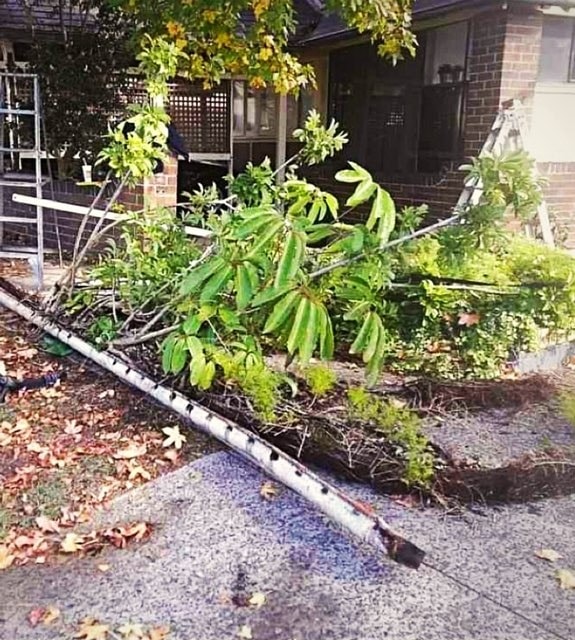
Connect with Local Roofing Experts for Dependable Solutions
AWS Roofing is your trusted local expert serving the Central Coast area.
If your roof is experiencing persistent leaks or has sustained damage, don’t hesitate to contact our friendly team for a comprehensive roof inspection and customized solutions.
Frequently Asked Questions About Roof Leaks and Their Solutions
Dealing with roof leaks can be a challenging experience; however, understanding their causes and solutions can simplify the resolution process. Here are some essential insights into leaks, preventive methods, and effective repair strategies that every homeowner should know.
How can I accurately determine the source of a roof leak?
To accurately pinpoint the source of a roof leak, begin by examining water stains or discolored patches on ceilings and walls. Investigate the attic or roof cavity during daylight to check for sunlight penetrating through any gaps. Additionally, you can utilize a hose to spray various sections of the roof while someone observes from inside. Start at lower areas and progress upward, marking wet spots to precisely identify the point of water entry.
What proactive measures should I implement to prevent roof leaks during heavy rainfall?
To effectively prevent roof leaks, regularly clean gutters and downpipes to maintain optimal drainage. Trim any overhanging branches that could pose risks to your roof. Promptly replace cracked or missing tiles and shingles to uphold a watertight seal. Inspect and reseal flashing around chimneys and vents to ensure their integrity. Additionally, consider applying a waterproof coating to the roof surface, and schedule an annual inspection with a professional to verify that your roof is in excellent condition.
What are common causes of intermittent roof leaks?
Intermittent leaks often stem from minor cracks that allow water entry only during periods of heavy rain. Ice dams forming at the roof edge in winter can also lead to leak issues. Wind-driven rain may infiltrate beneath loose shingles, and poorly sealed valleys where roof slopes converge can further contribute to water infiltration problems.
